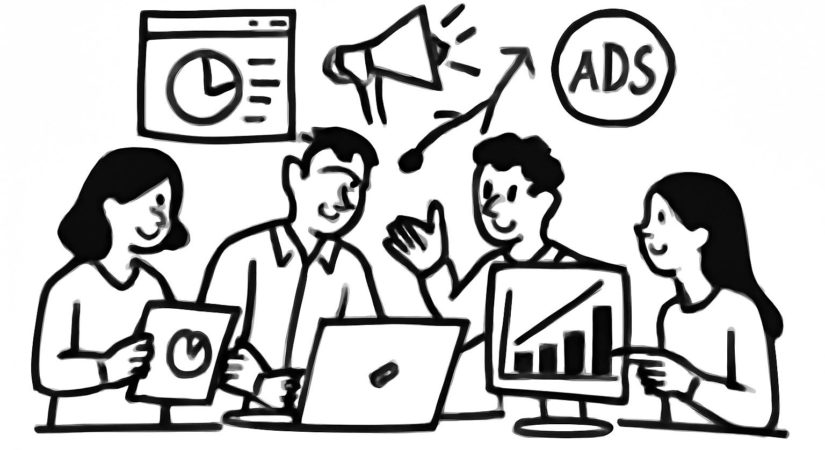Bayer’s senior director of digital media, Glenniss Richards, described the company’s move to bring media buying in-house as “chaotic and disruptive” but ultimately worthwhile. Richards led the nearly two-year effort for Bayer’s US pharmaceutical division.
Now fully in-house—including programmatic, search, social (paid and organic), and all direct and endemic buys—the division has seen digital marketing’s measurable impact on sales rise from under 10% to over 40% in four years, Richards said at AdExchanger’s Programmatic IO event in New York City.
Gaining leadership support and learning from internal peers
Richards emphasized the importance of securing C-suite backing and managing expectations, acknowledging that errors are inevitable in such a transition. Bayer’s leadership accepted this learning curve, enabling rapid adjustments.
The pharma team also drew lessons from Bayer’s consumer health division, which started in-housing media in 2017. Using existing infrastructures and insights from that group, the pharma division accelerated its own transition. However, Richards noted, “there’s no blueprint for in-housing,” and each division followed its unique path.
Different approaches within Bayer
While consumer health took a gradual approach—partnering with digital consultancy MightyHive from 2018 to transition planning and buying in-house—the pharma division opted for a full-scale move. This included reviewing all platforms, partnerships, and contracts to ensure effectiveness.
One outcome: the pharma group replaced Google’s ad server with Innovid (owned by Mediaocean) due to Google’s rigidity. Simultaneously, they implemented a customer data platform and tested ten data partners to select those best aligned with each brand’s needs.
Although this overhaul disrupted some partnerships, it resulted in a streamlined vendor list tailored to Bayer’s pharmaceutical portfolio. Richards noted, “Bayer doesn’t take off the shelf. We prefer custom modeled audiences across our pharmaceutical brands.”
Efficiency and expanded reach
Currently, Bayer’s pharma division works with two or three data partners and a single demand-side platform (DSP), down from three previously. Freed from relying on linear TV, the division can now programmatically reach up to 70% of target audiences—about double its past reach.
Campaign deployment has also sped up by roughly 60%, managed by one integrated team using a preferred DSP, highlighting improved agility and operational efficiency.
